The $500-$1000 range historically has been somewhat contentious. It's a significant amount of money to spend on a headphone, and those willing to spend that much on a headphone, usually enthusiasts, often are willing to save up more money for the next tier of performance. That's not to say there aren't any options--the Beyerdynamic DT1990 and Focal Elear/Elex are somewhat popular, but often, I see people trying to upgrade even further from them. Naturally, the goal for this price range would be to find a product that sates enough people that the upgrade bug fades. The Hifiman Edition XS ($499) and Moondrop Venus ($599) are two planar magnetic options in this sub-$1000 range, but I don't believe they fill that void.
Build and Comfort
The Hifiman Edition XS (XS henceforth) has absolutely massive cups. I've owned the HE1000 V1 in the past so I thought I was familiar with the size, but it's hard to grasp just how large the cups are on my head. This is significant because with my larger-than-average head, I usually have the opposite problem: a lot of Beyerdynamic headphones don't extend enough for my head, for example. The XS, however, barely needs to be extended to fit my head. They're so big that I have to wonder if they'll actually seal on the average person's head. Disappointingly, they do feel quite cheap. The XS shares headbands with the much cheaper HE400SE. This isn't necessarily a drawback, but suspension bands distribute weight better and fit a wider variety of heads than a fixed headband. While my experience may not be universal, the XS does leave a hotspot on the top of my head, as more than half of the headband isn't actually making any contact with my head. Initially, I was disappoointed to see that the XS is mostly plastic, but the extra weight would be unwelcome with this headband.
The Moondrop Venus is pretty much the exact opposite of the XS in build. It uses more reasonably-sized round cups, a suspension band, and a full metal build. This does significantly impact weight though. While the XS weighs a reasonable 405 grams, the Venus weighs a whopping 615 grams. To put it into context with a normal electronic store headphone, a Sony WH-1000XM4 weights 254 grams. While planar magnetic headphones do tend to weigh more than most dynamic headphones, the Venus isn't very easy to wear for long stretches. This may be the fault of the suspension band. While it does distribute weight better than the XS' fixed headband, it doesn't have the same helmet-like feel that Audeze's suspension headbands give me. On my head, the Venus' suspension band touches a good 2/3rds of the top of my head, which does migitate some neck fatigue but after about three hours, I did start to feel annoyed by the weight.
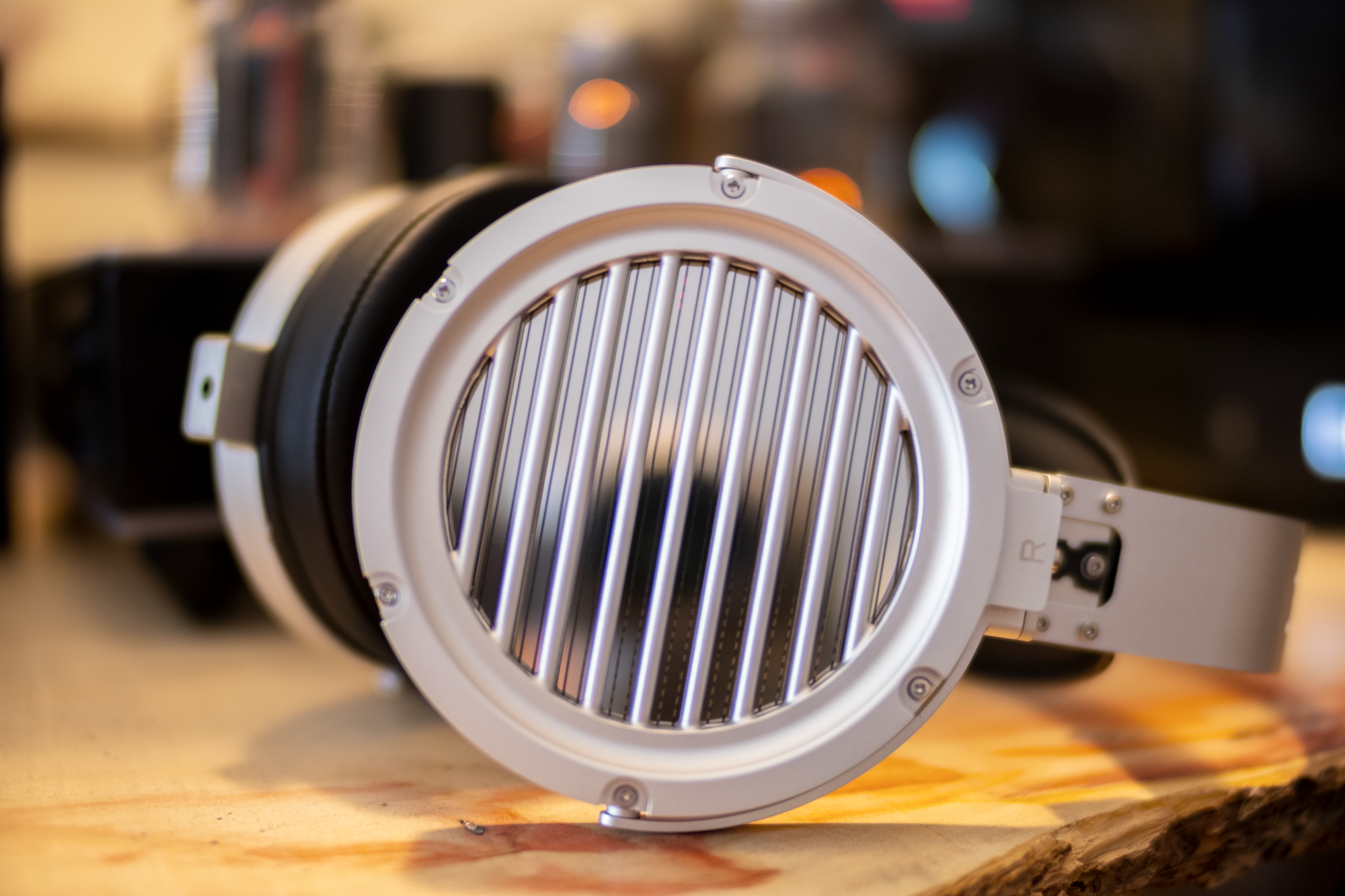
Testing Gear
For this comparison, I mainly used a rather strange setup to give both these headphones the best chance I can give them, but I do recognize that this is a completely unreasonable setup for anyone else to use these headphones with, so I also tested with my secondary setup, which uses a "current mode" amp. Allegedly, this is said to be preferable for planar magnetic headphones but, frankly, they both just sounded more muffled than out of my primary setup. I also used both out of an Apple Dongle to see how that would go and both sounded noticeably less clean, no matter the volume, so the below is the most generous I can be about both headphones. I also used a Firstwatt F5 for comparison but have since sold it to fellow Den-Fi writer Claire. It sounded leaner than the darTZeel which I liked more in some cases, but it also made treble harsher for both, which was much less welcome.
Primary
Computer with Roon>Denafrips Gaia>Exogal Comet>Eddie Current Zana Deux SE (Preamp)>darTZeel NHB108 clone>Speaker tap adapter resistors
Secondary
Computer with Roon>Denafrips Gaia>Exogal Comet>Questyle CMA800R
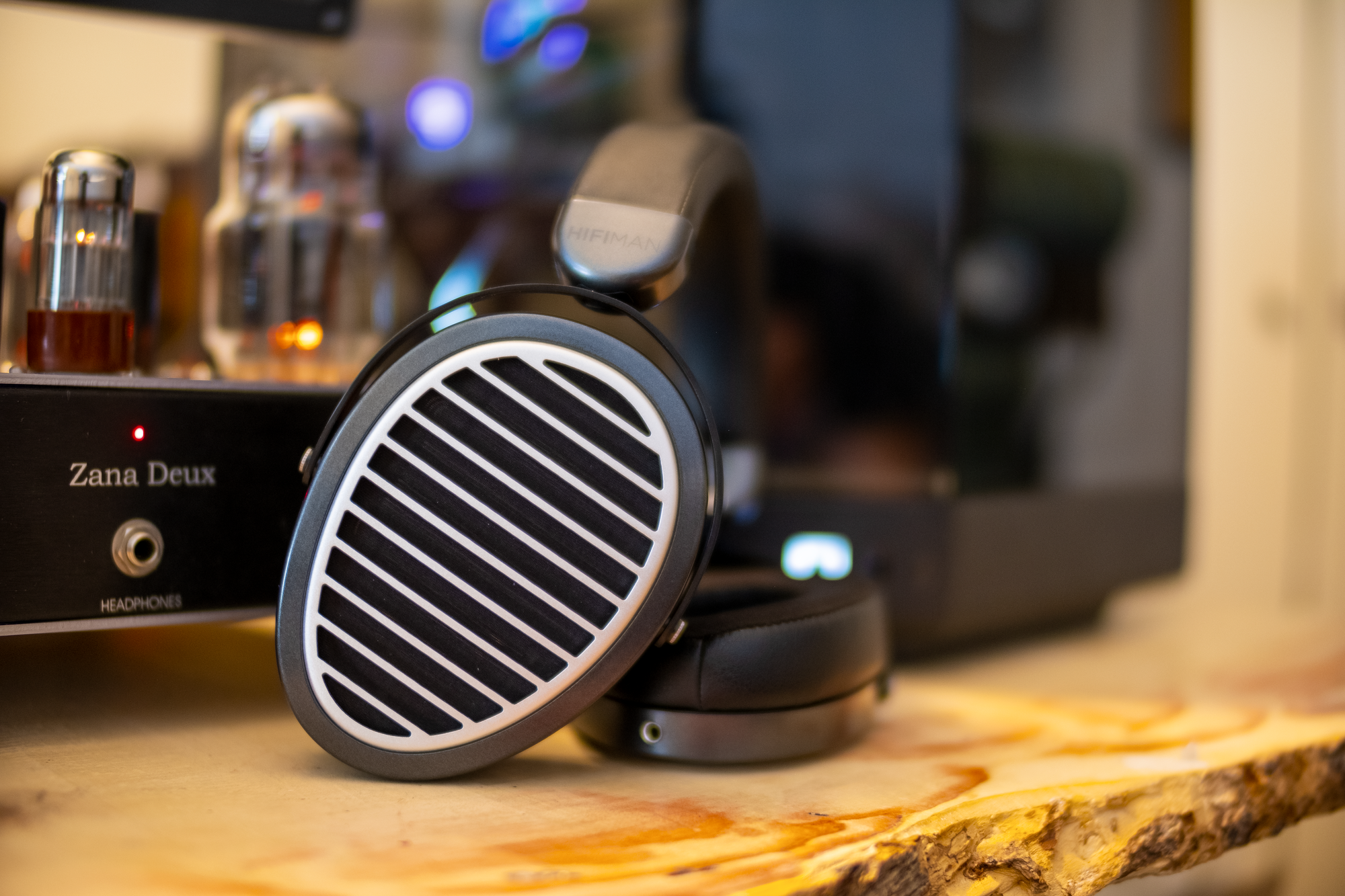
Hifiman Edition XS
I just wrote a good bit about the Susvara in my Caldera review and, unsurprisingly, the XS doesn't sound that different from the Susvara on the surface. Both have annoying-as-shit treble, both lack dynamics, both have a noticeable recession in the upper midrange to simulate soundstage depth. Where they differ is that the XS does sound less thin in the low midrange and I do think it's less resolving of small crowd noise and other finer detail in general. Considering the price difference, the average person probably would find it hard to justify the Susvara if they happen to like the XS.
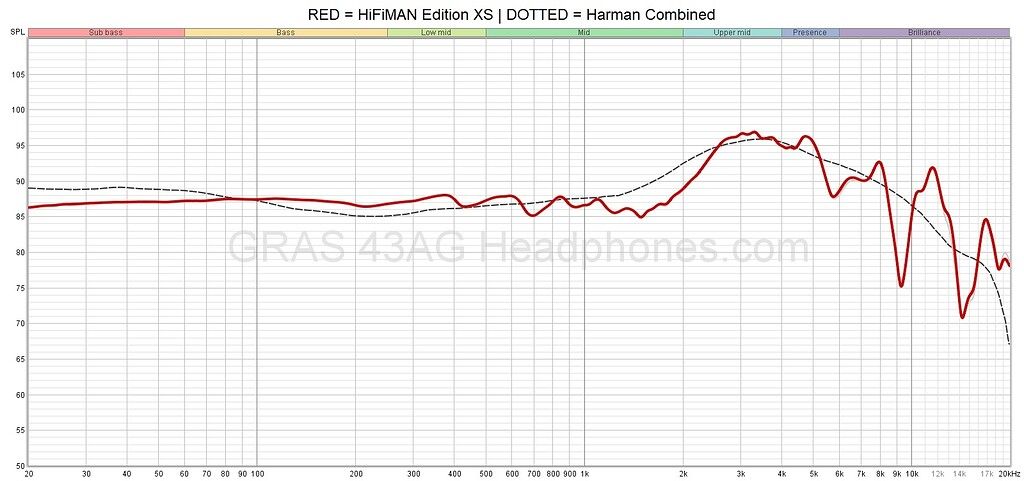
Bass, on my head at least, does seem to extend flat to 20. My issue with Hifiman stuff is that they sound so lacking in body that it might as well roll off. Audeze (well, older Audeze), for example, extends to 20 but the rumble feels more palpable. I wish I could understand why exactly this is the case, but with every Hifiman headphone except the original HE6, I feel a sense that something is missing in the low end. Kick drums sound over stuffed, 808s decay even faster than I'd expect, pipe organs sound synthesized. The XS is no exception, but at least it's not muddy, I guess. The speed may work for some EDM lovers but it's so hard for me to feel engaged when the entire presentation feels so detached. And this is with a speaker amp driving them. I'm even using a tube preamp to try to inject some sort of extra "slowness" to them and it rolls right off.
This carries into the midrange. I don't want to sound like a broken record, but oh my goodness is it so hard to want to listen to music with the XS. The frustrating part is that the XS isn't bad. I wish it were disgustingly colored because then, I'd have valid reason to criticize it, but it's not. The FR is "fine" but actually listening to music feels like a visit to the dentist. I don't hate the dentist, but I'd rather be almost anywhere else. I've listened through so many albums with the XS trying to feel something but every time, it just feels detached and almost asks to be used for background music. I've never been so easily distractable listening to Rage Against the Machine.
I don't like talking about EQ in my reviews because in most cases, Audeze aside, it feels more correct to review a product as it was shipped form the factory, as the stock tuning was the manufacturer's intent for the product. However, I do try EQing up the upper midrange dip up on every Hifiman to see what happens. But even mildly boosting the dip (more specifically, the 1.8k) by 2dB brings the presentation too close to my face and makes the plastic timbre even more obvious, so I always have chosen to listen with the XS stock.
The treble at least has valid concerns: it's way too harsh for me in the upper treble. I don't have many issues with the low treble or mid treble, but the boosted upper treble makes me wince more than I'd like. I hear a small amount of grain, but if I don't focus on it, I find myself not noticing, which is easy with the XS.
Detail and other intangibles are about as expected. Since the XS lacks dynamics, I miss the full range and things sound overly smoothed. The boosted air combined with the upper midrange dip do give a greater sense of space, which makes the lack of dynamics even more jarring, as it manages to sound both grand and small at the same time. The XS also, unfortunately, is just as fast in decay as most other planar magnetic headphones, which further detracts from the sense of realism.
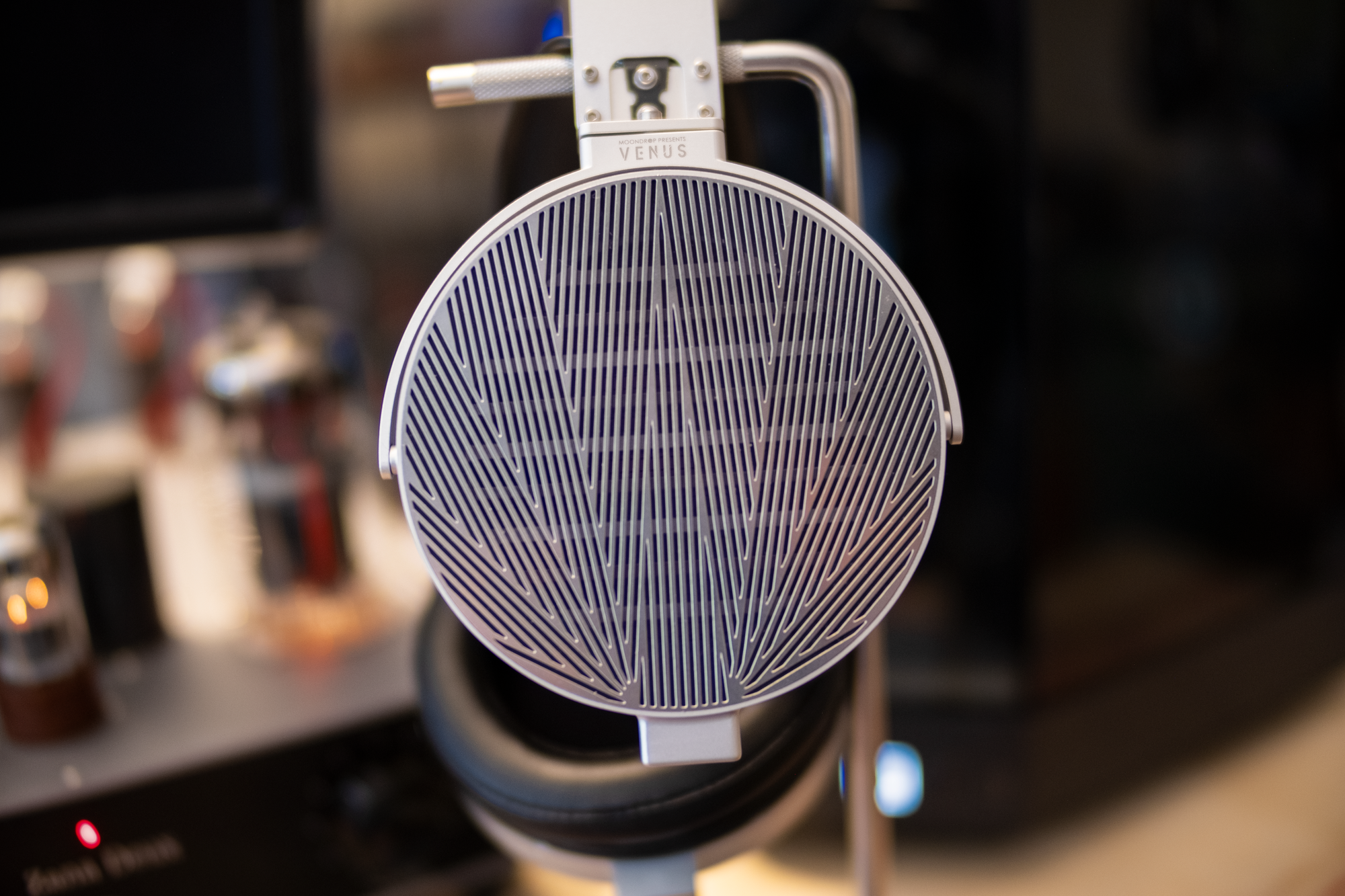
Moondrop Venus
Moondrop, while widely regarded as successful in the IEM market, has had some stumbles entering the headphone market. The Venus is one of three headphones Moondrop announced. The others being the Void, a dynamic driver headphone; and the ZERO, an electrostatic headphone. The Void, released first of the three to tepid response, initially was recalled around the time of formal release to make some fixes. The Venus' release appears to be smoother, thankfully for Moondrop.

The most notable difference in bass between the Venus and the XS is that the Venus isn't flat to 20. In practice, a 2dB difference between 20Hz and 40Hz isn't dealbreaking for all but the sub-obsessed, but I do notice a difference when listening to sub-heavy music. It's a give and take though, as I do hear the Venus as very slightly more dynamic than the XS. So, while I do occasionally want to add a big more subbass for particularly bass-heavy songs, I hear an improvement in actual impact from the Venus. It is still severely lacking in impact compared to many dynamic drivers though.
Midrange on the Venus sounds a tad more realistic, as the transition between center midrange and upper midrange isn't marred by the awkward dip Hifiman uses. It has a mild sense of warmth that the XS has, but taken further, possibly to somewhat simulate the typical dynamic driver low midrange hump. The tonality of the midrange leans somewhat plastic. This means attack sounds slightly sharp yet hollow and adds an almost cupped character to the tone while lacking body. As someone who grew up playing alto saxophone, I liken the difference to synthetic vs cane reeds. This page has a couple videos that can help pick the mild differences. I swore by synethetic reeds for college pep band but always gravitated to cane for everything else because the difference in tone was shockingly noticeable. The lack of body is strange to hear as there is a sense of warmth in the low midrange, but it comes across as tonal, rather than giving weight to instruments' impact. I still don't think the Venus holds a candle to the Sennheiser HD580, HD600, and HD650 in midrange tonality, but as far as planar magnetic headphones go, it's the most "normal-sounding" one under $1k that I've heard.
Treble on the Venus, like the XS, leans too bright for me. It might actually be a bit brighter than the XS overall, but since the overall FR is less anomalous, I usually found myself being less jarred by it. I did notice on bright songs that the treble sounded especially metallic, which may be related to why I perceive the Venus to sound brighter than the XS. This contrasts the softer character of the midrange and bass, where treble attack seemed noticeably sharpened.
I don't find anything particularly noteworthy about the detail retrieval. It's roughly XS level, maybe a tiny bit more because I actually hear a semblance of dynamics and thus hear a little more contrast and space for finer detail to be heard. Overall, it's not a world-beater in technical ability, but it's not offensively under-performing.
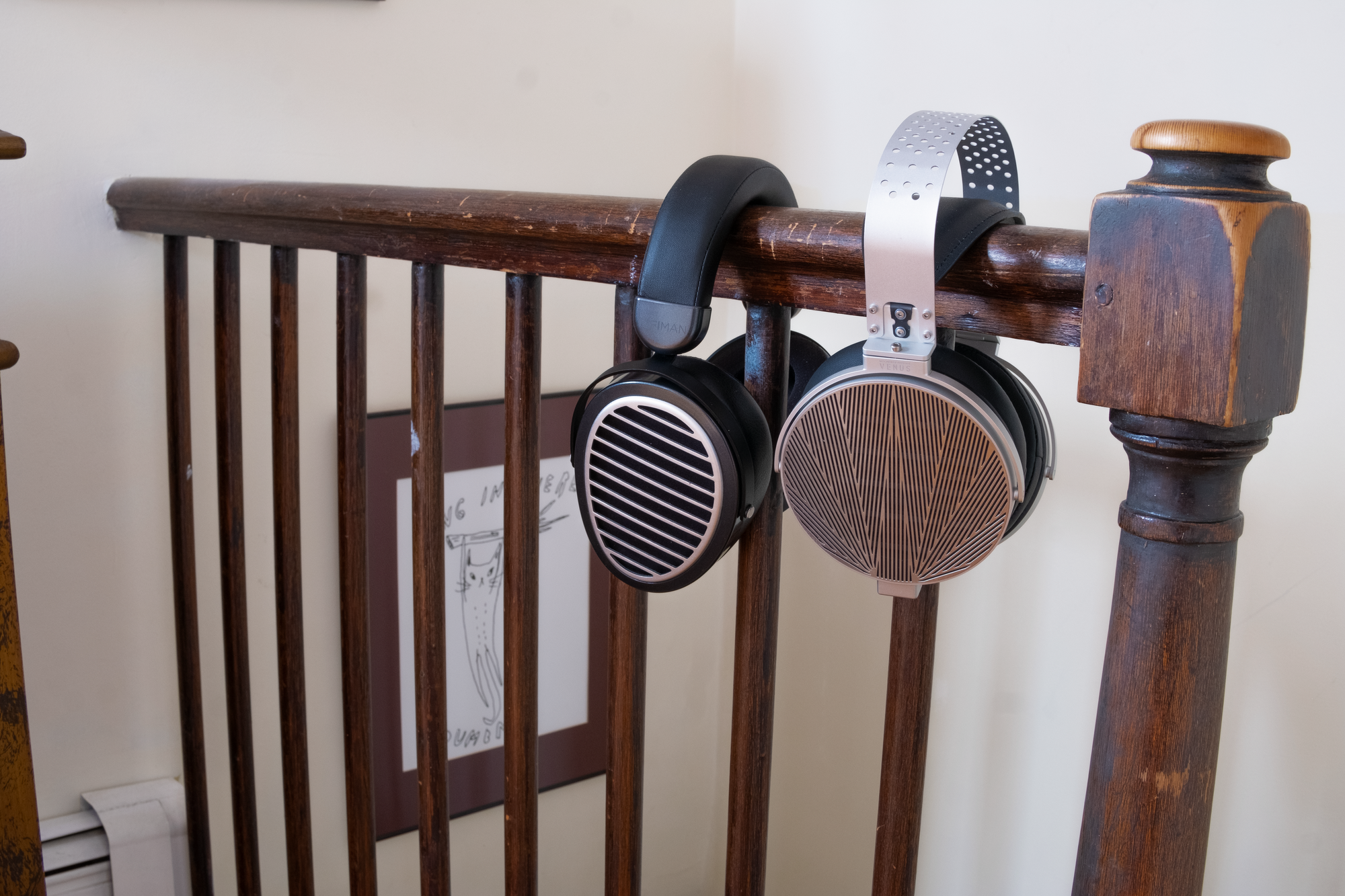
Alternatives
As much of a cop-out as it feels, I think this section from my HE400SE review still rings true. These cheaper vintage headphones won't be quite as resolving as either the Venus or the XS, you get can get the idea of planar magnetic speed from these headphones for the cost of a decent dinner, and from there, decide whether or not your priorities line up with the typical planar magnetic characteristics such as speed and lean-ish bass. For those willing to gamble on QC and hunt in the used market, I think the pre-Fazor Audeze LCD2s are an interesting choice for those wanting something they can't get from a traditional dynamic headphone. They lean dark, with recessed midrange, but they are more dynamic than the XS and Venus and get timbre more correct. The downside is that they can be known to fail, leading to an expensive driver replacement. For those only willing to buy new, it's very hard not to recommend the Sennheiser HD600 or HD650. While it doesn't have the speed of the XS or Venus, they both sound closer to what I've heard in real life in terms of timbre and dynamics, and for half the price. If a planar magnetic headphone is absolutely necessary, for whatever reason, and you really just want me to validate all the research you've done before reading this, buy an open box one from an authorized retailer to save some money.
Conclusion
Both the XS and Venus are fine. I struggle to feel anything more than tepid about either, which isn't a great place to be for products that cost so much. I do think, if someone absolutely wants a planar magnetic headphone in the sub-$1000 price range, the Venus is probably the less objectionable of the two. It's certainly less offensive than the grainy, muddy Audeze LCD-2C. In the end though, it's hard for me to recommend either for the money when, subjectively, I find the much cheaper Sennheisers mentioned above to be so much more involving and realistic-sounding. While the planar magnetic headphones do sound faster and I can potentially see a case for people thinking the Senns sound a little muddier, they get so much closer to what I've heard in concert halls and real-life in general that paying at least $500 for the novelty of owning a planar magnetic headphone sounds...silly.
Comments?
Leave us your opinion.